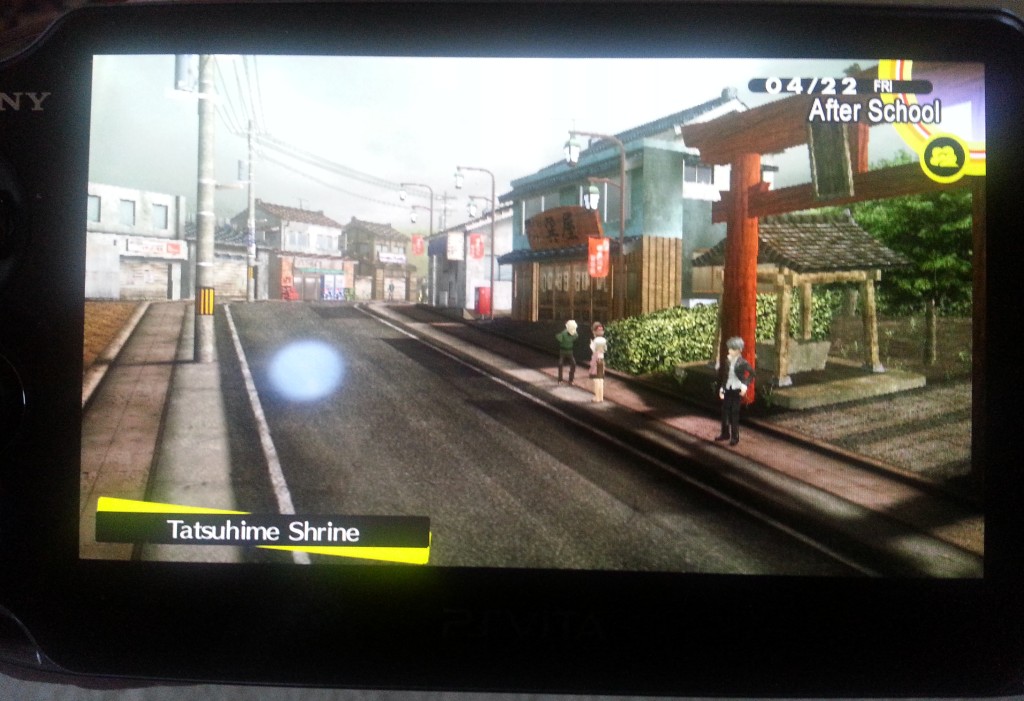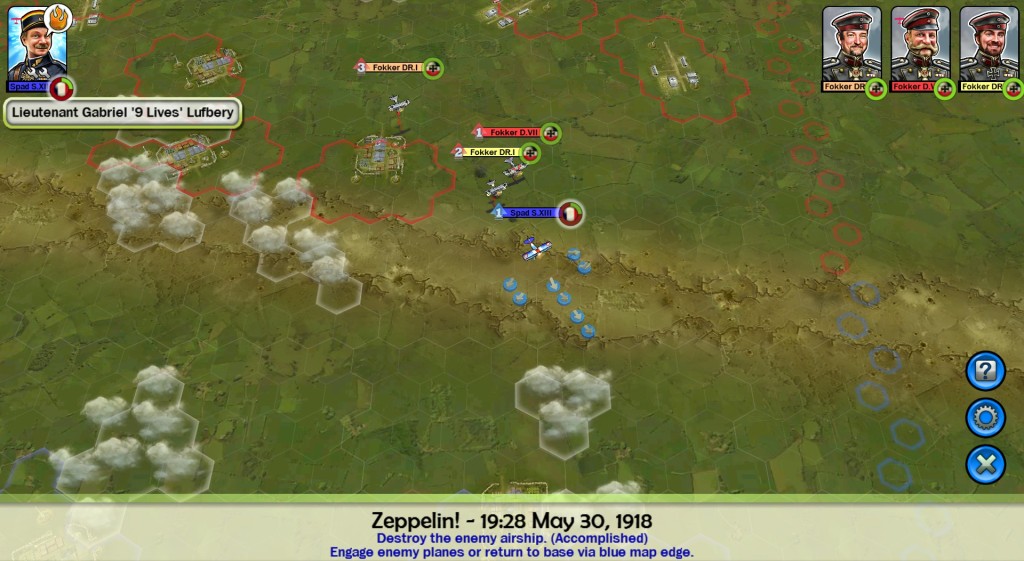This is the mobile version of the PC strategy classic, a title I loved as a kid – I still own the official game guide. There are plenty of minor differences (most notably, the random map generator is gone, replaced with a long list of scenarios); but on the whole, this is a faithful adaptation (1). Each map presents the player with scattered towns and industries, which supply and demand various types of cargo; for example, towns both generate and require passengers, while a steel mill requires iron and coal from their respective mines, and produces steel that can then be shipped to factories. Scenario objectives can be open-ended ( “make X dollars”) or more prescriptive (“move Y units of a given cargo”). To meet these objectives, players buy vehicles (buses, planes, trains, ships, and more); lay track and build stations;; and reinvest the profits into new routes and better vehicles, a cycle as pleasant as it was 20 years ago. The largest scenario I’ve played so far, a medium-difficulty freeform map, did drag once I was past the initial difficulty hump (2), but it ended at about the right point to avert boredom – and besides, this is probably why the game offers multiple scenarios.
The key issue, as with any mobile port of an established game, is how well the controls/interface work with a touchscreen. Here, I think the answer is “not badly”. Everything – font, buttons, tiles – is nice and big, even on a 7” screen, and the developers have been quite clever about adapting the controls. However, it’s not perfect. For instance, in the PC version, railways are built by clicking on the desired tile, easy with a mouse but probably too fiddly for touchscreens. In the Android version, you tap the start tile, then select the direction you’d like to build in, and finally extend the line just by tapping a button. This works well for shorter and less complex routes, but the need to lay segments of track one at a time means that lengthy, curvy rail routes can still be a hassle – I could really have used a mouse when building my longest (and most profitable) line (3). Similarly, the simple act of telling a vehicle to go from station A to station B requires that I tap through several screens and often fumble with scrolling the map; over the course of a game, that adds up. And while I don’t remember if this was present in the PC version, I would really like some way to sort vehicles by profitability – it’s easy to mock “spreadsheet” games, but spreadsheets were invented for a reason! Still, I should stress that on the whole, the interface works reasonably well, well enough for the underlying game to shine through.
Overall, I quite like Transport Tycoon so far. There are other strategy games on Android, and other PC ports; but this is one of the few to combine PC-grade scale with a mobile-friendly interface. Definitely worth a look if you enjoyed the original, or if this sounds like your cup of tea.
Technical note: The Android version apparently suffered from nasty lag when it was launched; however, the game ran smoothly by the time I bought my copy.
(1) Perhaps it’s a little too faithful in its aesthetic – the low-res sprites have not aged well.
(2) Effectively, I was making enough money that I could snowball.
(3) Ideally, I’d like to see the game calculate optimal track layouts based on the start and end points, but oh well.
Like this:
Like Loading...

